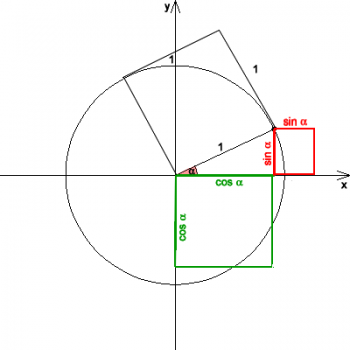Analytic geometry is a field of geometry which is represented through the use of coordinates which illustrate the relatedness between an algebraic equation and a geometric structure. In both algebra and geometry, the techniques of analytic geometry are used to solve problems.
Circles, lines and points are the most basal geometric structures which are modelled using analytic geometry. Ordered pairs, such as (x,y) are used to represent points and sets of points, such as (x1,y1) and (x2,y2) are used for describing that a line is related to a linear equation. These points represent the coordinates of where this line passes through. In its basic form, a line in two dimensional space is denoted as ax + by + c = 0.
Furthermore, when dealing with three dimensional spaces, a point consists of three values, (x,y,z). Thus, the linear equation representing a set of coordinates in 3-D space is represented as ax + by + cz + d = 0. This linear equation represents a plane and not a line.
This discussion presents a very brief description on the framework surrounding analytic geometry. Furthermore, it is important to note that analytic geometry has interesting applications in the real-world. For instance, a modern day example of analytic geometry would be how algebraic equations are inputted into computers and manipulated in order to produce geometric structures in the form of animations on a screen.
© BrainMass Inc. brainmass.com April 26, 2024, 4:49 pm ad1c9bdddf
